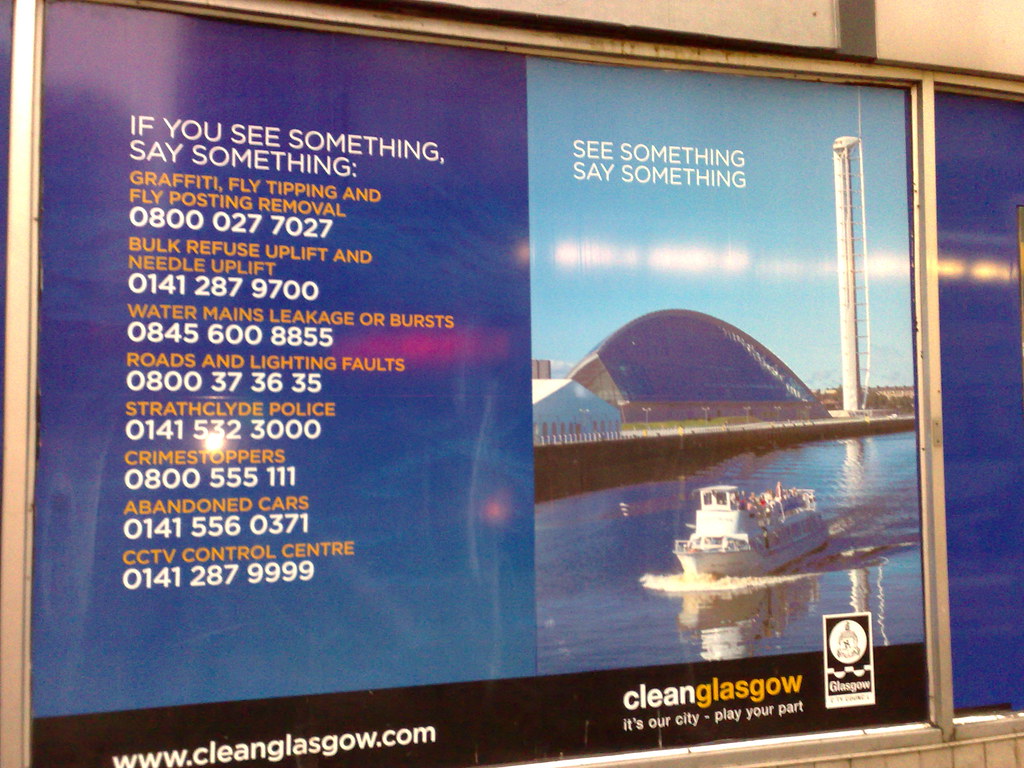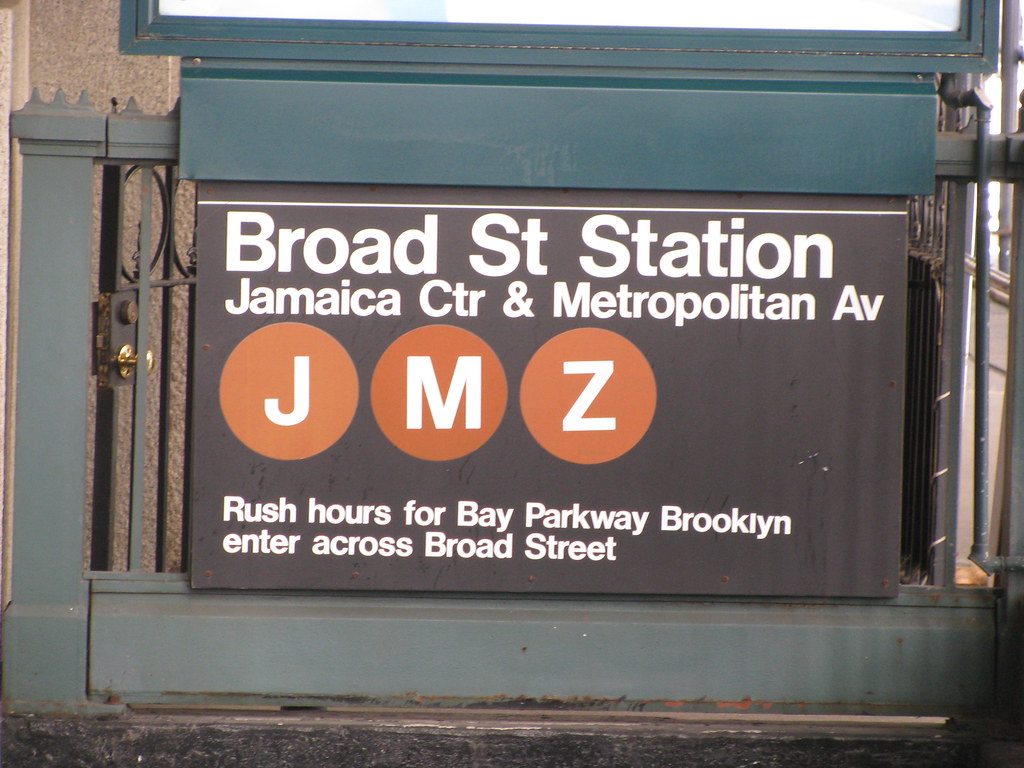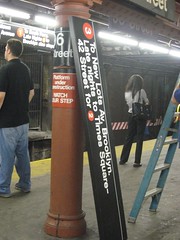In Glasgow, a familiar anti-terrorism slogan has lost its edge. (Photo via Andrew in Amsterdam)
When two street vendors in Times Square noticed a parked car with smoke seeping out of it a few weekends ago, they did what any concerned citizen would do and called 9-1-1. The NYPD evacuated Times Square, and instead of a car with an electrical or gas fire starting, they found a vehicle packed with potentially explosive materials and alarm clocks rigged as a bomb. The bomb squad disarmed the device, the FBI caught their man and the law enforcement and anti-terrorist system worked.
As the story unfolded, the focus eventually turned to a slogan familiar to millions. Since 2003, the New York City subways have been covered signs with a simple request, now trademarked by the MTA: “If you see something, say something.” Ostensibly, this slogan is about awareness in a post-9/11 world. If citizens remain alert and see something — whatever it might be — that appears out of the ordinary, they should, as anyone with a civic duty would, say something about it. They could tell an MTA employee or, better yet, a police officer. Just don’t, urges the longer prerecorded announcements on new train cars, keep it to yourself.
Over the last few days, the widespread use of this slogan has gained some publicity. AdAge published a profile of those behind it on Monday, and The New York Times followed suit in yesterday’s paper. The phrase came to the MTA shortly after Sept. 11 from the desk of Allen Kay, an ad executive at Korey Kay & Partners, who has, according to Manny Fernandez of The Times, coined 80 slogans for his company’s clients.
“The model that I had in my head was ‘Loose Lips Sink Ships,’” Kay said. “I wasn’t born during World War II, but I sure knew the phrase and so did everybody else. In this case, I thought it was ironic because we want just the opposite. We want people to talk. I wanted to come up with something that would carry like that. That would be infectious.”
Initially, Kay wanted to launch a public campaign in the immediate aftermath of 9/11, but the MTA believed the public would grew too scared and shy away from mass transit. Instead, they wanted until 2003 when they launched the now-ubiquitous campaign of posters and PSAs, and since then, the authority has spent between $2-$3 million in Homeland Security grants on their advertising campaigns.
While some read Orwellian overtones into it — “The phrase has come to mean, ‘Go get the cops.’ It’s not an invitation to citizen engagement. It puts everybody under suspicion,” civil liberties advocate Bill Dobbs said — the phrase has achieved global recognition as well. After securing the trademark three years ago, the MTA has granted the use of the phrase to 54 organizations worldwide free of charge. The MTA, however, has requested that those agencies who do use the phrase with their permission keep the message on point. “The intent of the slogan is to focus on terrorism activity, not crime, and we felt that use in other spheres would water down its effectiveness,” Christopher Boylan, an agency spokesman, said to The Times.
Yet, despite the hoopla surrounding the phase, I can’t help but think it’s almost unnecessary. On the one hand, very few people have responded to the MTA’s directive. In 2007, for instance, the authority claimed that 1944 riders out of the 1.5 billion who used the system saw something that warranting saying, and investigation into those figures revealed that few were terrorist-related. Meanwhile, the cops disputed those numbers at the time and said that fewer than 50 had actually called to report suspicious activity.
Furthermore, as Dobbs, the advocate who fears Orwell, said, “Common sense saved the day in Times Square, not an ad campaign.” Two people who see a car with smoke coming out of it should call the cops, in other words, because it’s what people are supposed to do in a society wary of terrorism or not.
It’s hard to deny that the MTA has coined a catchy phrase. It’s six words that remind people to stay aware of what’s going on around them, and it applies in any scenario. Despite my slight skepticism, it worked a few weeks ago in Times Square, and as long it catches a potential act before anything worse happens, it should stick around for years to come.


 Meet Janele Hyer-Spencer. This little-known Democrat from Staten Island represents New York’s
Meet Janele Hyer-Spencer. This little-known Democrat from Staten Island represents New York’s 
 As the temporary restraining order preventing the MTA from firing 475 station agents remained in place throughout the weekend, the relationship between the authority and the TWU grew icier. Transit announced layoffs in spite of the injunction, and MTA Chair and CEO Jay Walder has engaged in a war of words with TWU President John Samuelsen over what Walder believes to be antiquated work rules hampering the authority.
As the temporary restraining order preventing the MTA from firing 475 station agents remained in place throughout the weekend, the relationship between the authority and the TWU grew icier. Transit announced layoffs in spite of the injunction, and MTA Chair and CEO Jay Walder has engaged in a war of words with TWU President John Samuelsen over what Walder believes to be antiquated work rules hampering the authority.
















